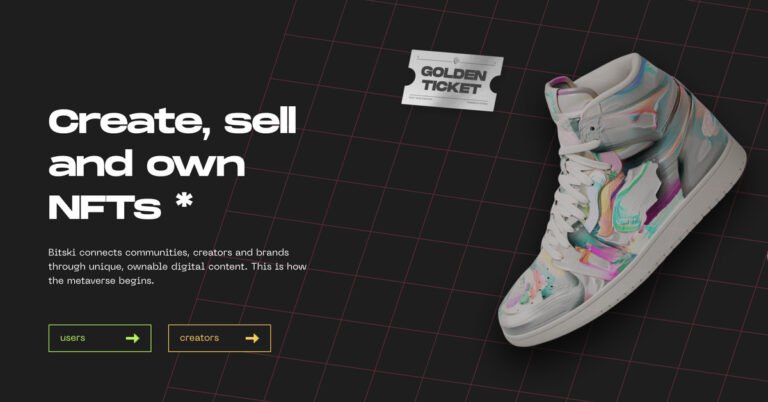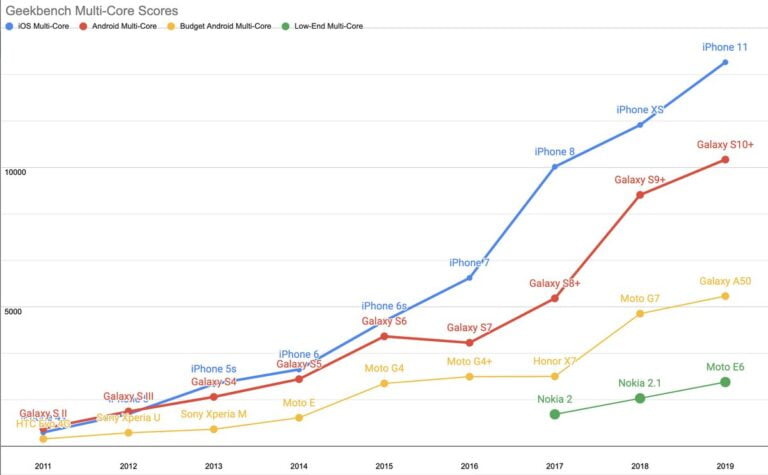
The telecommunications industry is so many enterprises wrapped into one—they have to get every aspect of customer experience right. It’s a challenge every organization can learn from.
AI solutions offer the exciting potential to transform the customer experience and bend the value curve for enterprises.
getty
Everywhere you look, there’s another business attempting to harness data, analytics, and artificial intelligence to help them increase sales and crack the code to provide higher-quality, lower-cost goods and services.
Travel and hospitality companies want to make persuasive, personalized offers at just the right moment to drive bookings. Retailers are honing inventory management to better anticipate customer demand and drive same-store sales—while navigating the current supply chain challenges. Hospitals, health insurers, and even governments utilize AI to comb through vast data sets to develop predictive models of disease. Financial institutions have accelerated credit and risk underwriting decisions using AI/ML models; they’ve also enhanced customer satisfaction online and on the phone with AI-driven virtual assistants. Manufacturers are employing AI to improve process efficiency, enable predictive maintenance, and scale quality control efforts in their core operations. And everyone is trying to reduce customer churn.
When you stop and think about it, the telecommunications industry and its myriad communications service providers (CSPs) do all of this—advertising, supply chain, online and physical stores, operations and maintenance, customer care—and more, for both consumers and businesses. Thus, CSPs offer a unique lens through which to examine how companies in any industry can utilize AI to convert data to insights and information to actions.
The pressure on CSPs to take action, to do more with less, has never been greater.
See you in the Cloud.
Google Cloud
Growing demands on the network, growing demands for the network
CSPs are in an unusual position: As global demand for data has grown 256% between 2016 and 2020, intense competition has meant that revenues grew less than 13% over the same period. Operators have so far relied upon technical advances and gaining scale efficiencies through consolidation to manage the gap, but one of the greatest untapped opportunities remaining is to become dramatically better providers of customer service.
While the concept of “AI-driven customer service” may seem like an oxymoron—after all, what do algorithms really know about serving people better?—the answer now turns out to literally be more than you could ever know.
The decline of third-party cookies has many operators renewing their focus on collecting and acting upon their own first-party data across the customer lifecycle.
In an evolving industry like telecommunications, the race for customer acquisition and retention is paramount. This is driving heightened operator focus on better advertising performance and retail sales—whether in their own stores, their retailer partners, or various digital channels. AI can help here with informing target audience creation, creative optimization, and inventory forecasts.
Related: Google and Automation Anywhere reimagine customer experience by giving virtual agents a boost
The decline of third-party cookies has many operators renewing their focus on collecting and acting upon their own first-party data across the customer lifecycle. Here, too, AI models can help CSPs identify and act upon signals, such as usage patterns or customer care calls. This type of customer context, an often overlooked signal, can be especially valuable when it comes to identifying “at risk”’ customers for retention efforts.
Contact centers supporting upwards of 100 million subscribers are an expensive endeavor. Several top global operators have turned to conversational AI to decrease agent volumes and document AI tools to shorten call handle times. Some companies report Google’s conversational AI can cut the number of customer inquiries that need a human agent by half. Besides helping reduce costs and maintain margins for the operator, many customers also appreciate the efficiency and control of self-service.
Furthermore, while CSPs may not have a “factory” in the traditional sense, their network operations are far-flung and national, even global, in scale. They must operate at the industry standard of “five 9’s” (i.e., 99.999%) reliability for emergency communications and simultaneously deliver massive amounts of bandwidth to meet the public’s insatiable demand for communications and data. And if it seems like a lot now, just consider the 23% annual bandwidth growth the industry will undergo with the rise of 5G and all the IoT, VR, and Web3 experiences that come with it. Keeping up, and keeping customers happy, will take new levels of network automation and predictive maintenance that only AI can provide.
Related: Deploying and operating cloud-based 5G networks
TELUS, a world-leading communications technology company based in Canada, is already leveraging conversational AI through Google Cloud’s CCAI Insights to better serve its roster of global clients and their customers.
“As a company that supports our customers through many channels, we are able to provide a streamlined experience that transitions from digital support to live agent support,” Phil Schultz, vice-president of customer experience, told us in an interview. “With this new experience, we are able to provide a simple, consistent, intuitive, and friendly experience for simpler tasks, with our agents being able to focus on supporting our customers’ more complex issues. CCAI and Data Insight help TELUS ensure our customers get the support they need, when they need it.”
Realizing the value of AI for customer experience
Of course all of these grand data aspirations are easy to articulate but hard to implement—at Google Cloud, we know these challenges first hand. It’s why we empathize with the added challenges CSPs face from their legacy systems, and from the network complexity that has arisen over generations of technology and industry consolidation. It’s also why we’re excited to be partnering with top CSPs to solve these challenges.
Through our experiences in these partnerships, Google Cloud has identified four key success factors for driving business value from AI applied across the customer experience:
- Clear Focus. Success starts with a clear and shared understanding of what CSPs are solving for and the business value of doing so. This clarity will drive every activity to follow, with the business value serving as an important motivator to plow through challenges.
- No Silos. Nearly all enterprises struggle with how to break down data silos. Successful companies have a proactive strategy for data integration, data management, and analytics platforms to address the current as well as future needs.
- Data-driven. Choosing which part of the problem to tackle first and how to do so is a major determinant of value. Leading companies rely on data to help inform their approach to everything from deciding which use cases to tackle first, to developing and optimizing AI-driven virtual assistants.
- Shared risk & reward. We have found that success takes a partnership in which incentives are aligned, with partners having skin in the game.
In Google Cloud’s new report, “Using AI to win the customer experience battle in telecommunications,” we delve into these dimensions, using CSPs as a vehicle, and examine new and innovative ways to apply AI, and best practices for building an AI program focused on delivering value, not just promises.
For TELUS, the investment of time and planning required to execute on AI was apparent from the start. “Through our 10-year partnership with Google, TELUS is able to dive into all the phases of our customers’ journey ensuring it is easy for them to get the support they need,” Schultz said. “This allows our customers to more easily service themselves online, and our world class agents to have all of the information they need to provide quicker and easier support to our customers.”
AI solutions offer the exciting potential to transform the customer experience and bend the value curve for enterprises. Realizing this value requires thoughtful preparation, technology excellence, iterative progress, and a committed, aligned partnership. No company—whether an operator, cloud provider, or solution provider—can afford to let the sizable program investment become just another hype-cycle science experiment that fails to deliver business results.
See you in the cloud.
Google Cloud







